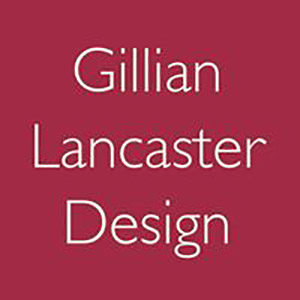Having spent some time recently tutoring people to use web and design software, I have learned a lot about the fear and dread felt when someone is confronted with the unfamiliar. When I first began creating websites I tried to overcome that same dread by looking for pretty themes in the vain hope that if my site looked pretty it wouldn’t matter how well it worked. I was able to leave this mindset behind nearly a decade ago, so was taken aback to find how many people still think it would be easy to create a good design if they could just master the software. I teach concepts in small increments to help students feel a sense of achievement, so in part I have created the problem for myself, but am also battling the cultural view that good design is simple to achieve.
Since I spend time reading blogs by designers it is easy for me to assume that it is a given that good design isn’t anything that can be quickly achieved. I know the template web companies want everyone to believe they are an innate designer, but the reality is that a template site is just a template site – one of many that look very similar. Good design is a completely different beast. To achieve it takes years of learning, practicing, the revision ideas as technology changes, and the slow evolution of an aesthetic.
I was thinking about the elements of “good design” when I came across this post by Chris Guillebeau where he examines the underlying element of good design. He describes them as years of concerted practice and development. In a world where a variety of “magic pills” are available to save you time and where you can learn how to do pretty much anything online, it is easy to believe if that once you learn something you instantly become an expert in it. Sadly, the reality is that experience has to be gained over time.
Yesterday I was working with a high school student who wanted to learn how to use Adobe InDesign for a project. She was very well-prepared and we quickly got the initial elements laid out. We then went on to make the page look closer to the way she had sketched it out, but the effect wasn’t very inspiring and she looked despondent. As we looked at each of the elements in turn, I helped her see how moving something a fraction of an inch, making a line heavier or lighter, or using a different font for emphasis made the layout more interesting. The combination of tweaks drew the eye from item to item, pulling the reader through the story, not leaving them to figure it out for themselves. She suddenly realized that these were all things you had to have experienced to know to try them.
While I am well aware I was hired to help get a project done, I also hope I opened a window into the process of creating good design. My hope is that by leading her through the thinking behind the changes we made, I have opened her eyes to see that it is the fine tuning, and years of practice that make the difference in creating good design.
So the next time you look for the “Easy” button to solve a design problem, ask yourself if you want a quick solution or a good, well-designed solution.

